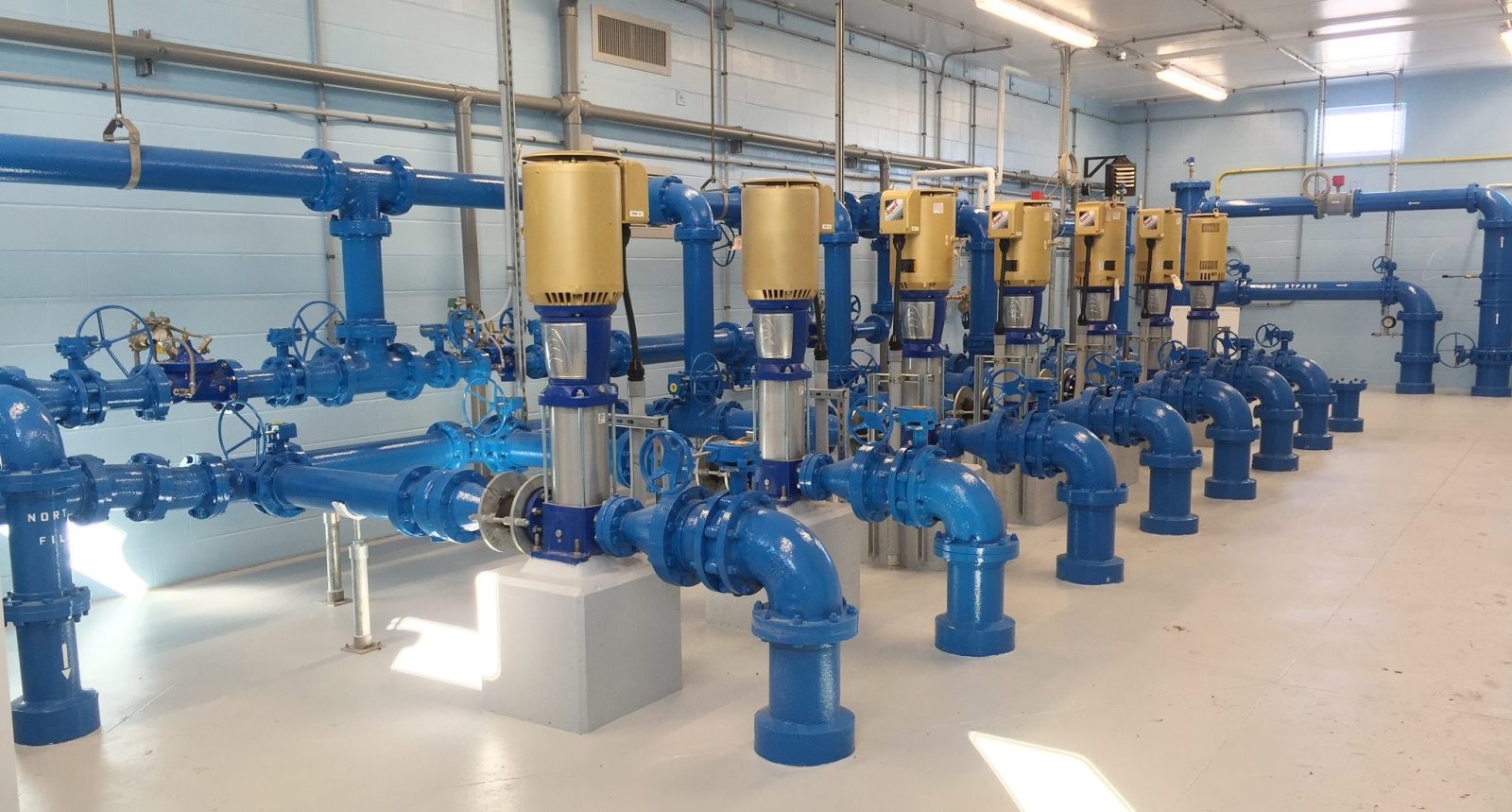Fire fighting pump is a pump that supplies water for sprinklers, standpipes, foam systems or water spray/mist systems. It is powered by electric or diesel and can be connected to a water tank, river or body of water.
The size of fire pumps varies depending on the hydraulic design requirement. Most pumps have a constant, rising power curve.
Electric motor-powered engines
When a fire sprinkler system needs to be supplied with water at a higher pressure than is available through the water utility, a fire pump can help. These pumps typically boost water through the system using an electric motor-driven or diesel engine-driven centrifugal pump.
Since the fire fighting pump is a vital part of the system, it requires a backup power source in case of a loss of electricity. This can be an emergency generator (per NFPA 70) or the Authority Having Jurisdiction may allow off-site fuel sources.
The fire pump should also undergo regular testing. This involves running it through its paces with actual water, including measuring its water pressure and flow. The test results should be compared to the original design specifications. When discrepancies are found, the technician should investigate them to see if there is an easy explanation and repair. This can help avoid expensive maintenance downtime in the future.
Diesel-powered engines
Diesel fire pump engines are often used as a backup for electric motor driven pumps, especially when electrical power may be unreliable or not sufficient. They are also commonly installed as a redundant system at properties that have seismic zones or are located in high elevations.
A diesel fire pump engine gains its energy by spraying fuel into a hot compressed air charge in the cylinder. The hot compressed air then ignites the fuel to produce a fireball that drives the engine at its rated operating speed.
The fire pump diesel engine must be fed with clean fuel. NFPA 20 and the engine manufacturer have precise requirements that must be followed. Residual fuels, domestic heating oil, drained lubricating oils and biodiesel above a specified percentage limit are not permitted. The fuel tank must be located in the fire pump room with a dedicated fill, vent(s) and visual and monitored fuel level gauge installed. Usually two fuel pumps are required: the lift pump brings clean fuel up from the fuel tank to the injection pump, and the high pressure injector pump feeds fuel to the engine.
Size
Fire fighting pumps need to be powerful and packed with plenty of pressure. They are typically designed for a pressure of 100PSI, well above what the average garden hose delivers. Flow rate is also an important factor when choosing a fire pump. It is calculated using a formula that includes a hazard analysis and occupant classification of the building. The hazard analysis determines the building’s sprinkler hazard levels. These hazard levels are used to calculate the required head and design density of the fire water pump.
Whether the fire water pump is powered by an electric motor, diesel engine or steam, it must be properly sized for the system. This is done based on the criteria listed in core standards such as NFPA 13. The method for sizing fire water pumps is similar to that used to size jockey pumps for standpipe systems. The goal is to find the “Goldilocks” fire water pump – not too much, not too little but just right.
Maintenance
If you have a fire fighting pump, you’ll need to perform tests and inspections regularly. These tests should be performed by a fire protection professional and must comply with NFPA’s testing requirements. Weekly and monthly tests should check for automatic starting, seamless operation (without water) and external obstructions like clogs. More comprehensive annual testing should include running the system with actual water.
Electrical motors are the most common fire pump driver and outlined in NFPA 20 Chapter 9. These pumps get their power from an electrical source that spins a shaft connected to an impeller. The system also requires a transfer valve, high water temperature switch and a cooling system. The manufacturer’s instructions and installation and operating manual should be consulted for specific maintenance instructions.








Leave a Reply